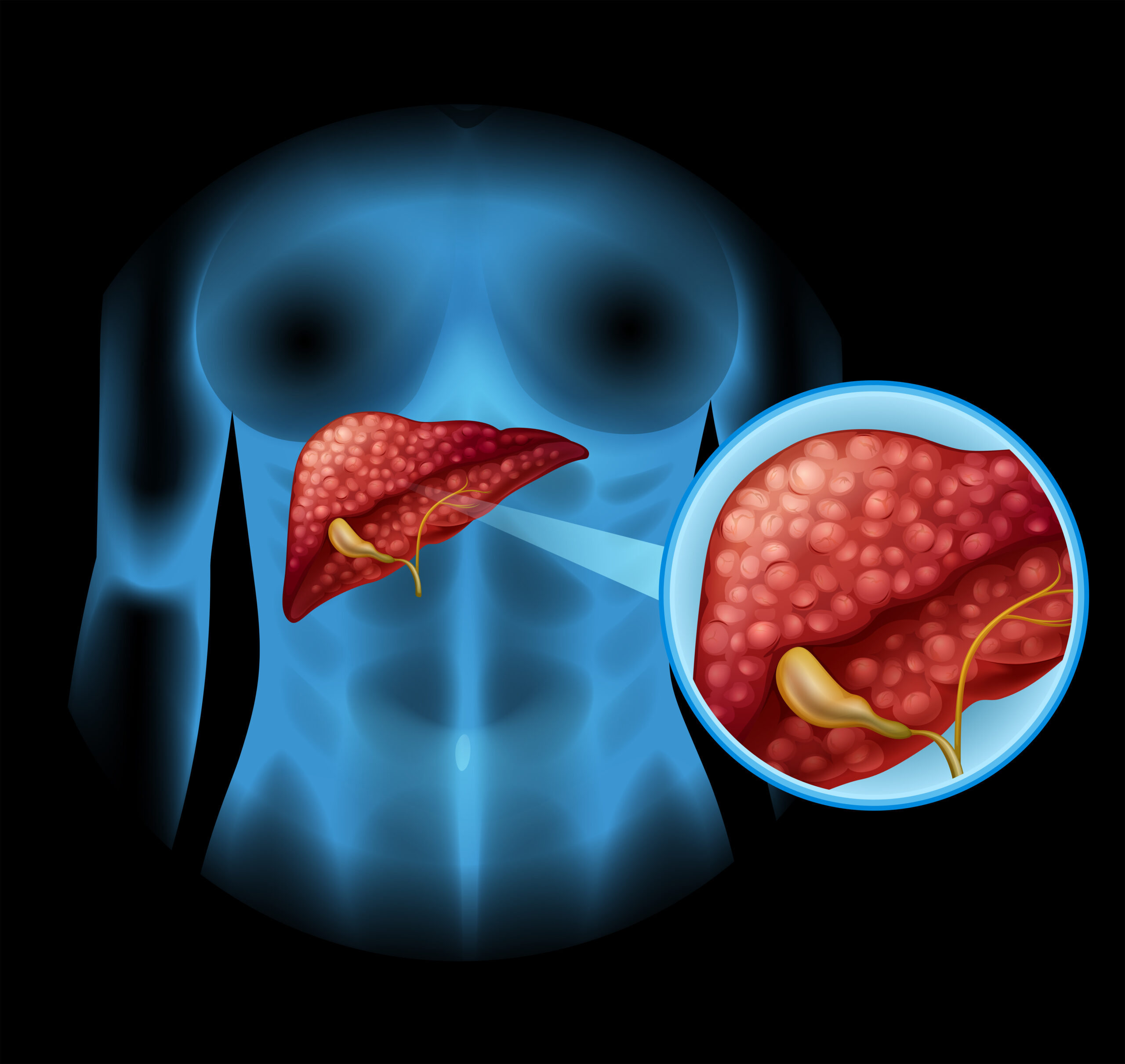The liver is one of the most vital organs in...

Bile duct tumors, specifically perihilar cholangiocarcinoma, represent a complex and challenging aspect of oncology. Perihilar cholangiocarcinoma, also known as Klatskin tumor, is a type of cancer that originates in the bile ducts near the liver hilum. While relatively rare compared to other malignancies, its location and aggressive nature make it a formidable adversary for both patients and medical professionals. This article delves into the intricacies of perihilar cholangiocarcinoma, exploring its characteristics, diagnosis, treatment, and the ongoing quest for improved outcomes.
Understanding Perihilar Cholangiocarcinoma
Perihilar cholangiocarcinoma arises from the epithelial cells lining the bile ducts, typically occurring at the confluence of the right and left hepatic ducts, near the liver hilum. This location poses unique challenges due to the complex anatomy and proximity to vital structures such as the hepatic artery and portal vein. As a result, surgical resection, the primary curative treatment, often involves intricate procedures such as extended hepatectomy and vascular reconstruction.
Risk Factors and Presentation
The exact cause of perihilar cholangiocarcinoma remains unclear, but several risk factors have been identified. Chronic inflammation of the bile ducts, often associated with conditions such as primary sclerosing cholangitis (PSC) and choledochal cysts, increases the risk of malignant transformation. Additionally, exposure to certain environmental toxins and genetic predispositions may contribute to the development of this cancer.
Patients with perihilar cholangiocarcinoma may present with nonspecific symptoms initially, such as abdominal pain, jaundice, weight loss, and fatigue. However, as the tumor progresses and obstructs the bile ducts, jaundice becomes more pronounced, leading to dark urine, pale stools, and itching. Unfortunately, these symptoms often manifest late in the disease course, making early detection challenging.
Diagnosis and Staging
Diagnosing perihilar cholangiocarcinoma requires a comprehensive approach, including imaging studies, laboratory tests, and histopathological examination. Imaging modalities such as computed tomography (CT), magnetic resonance imaging (MRI), and endoscopic retrograde cholangiopancreatography (ERCP) play a crucial role in visualizing the tumor, assessing its extent, and determining resectability.
Staging perihilar cholangiocarcinoma is essential for treatment planning and prognostication. The American Joint Committee on Cancer (AJCC) TNM staging system categorizes tumors based on their size, extent of invasion, lymph node involvement, and distant metastasis. Staging helps clinicians stratify patients into appropriate treatment pathways, ranging from surgical resection for early-stage disease to palliative chemotherapy for advanced cases.
Treatment Strategies
The management of perihilar cholangiocarcinoma often involves a multidisciplinary approach, incorporating surgery, chemotherapy, radiation therapy, and supportive care. Surgical resection remains the cornerstone of curative treatment, with the goal of achieving negative margins (R0 resection). However, not all patients are candidates for surgery due to factors such as tumor size, vascular involvement, and underlying liver dysfunction.
For patients deemed unresectable or those with advanced disease, systemic chemotherapy and/or radiation therapy may offer palliative benefits. Chemotherapeutic agents such as gemcitabine and cisplatin have shown efficacy in improving survival and quality of life in this setting. Additionally, targeted therapies and immunotherapies are being investigated as potential treatment options, offering hope for patients with refractory disease.
Challenges and Future Directions
Despite advances in diagnosis and treatment, perihilar cholangiocarcinoma remains a formidable challenge with poor overall survival rates. The complexity of the disease, limited treatment options, and high recurrence rates underscore the need for continued research and innovation in this field. Improvements in early detection methods, personalized therapies, and supportive care measures are essential for enhancing outcomes and improving the quality of life for patients with this aggressive malignancy.
In conclusion, perihilar cholangiocarcinoma represents a complex and challenging aspect of oncology, characterized by its aggressive nature and challenging anatomical location. Early detection, accurate staging, and multidisciplinary treatment are essential for optimizing outcomes in patients with this disease. While significant progress has been made, ongoing research and collaboration are needed to address the unmet needs of patients with perihilar cholangiocarcinoma and improve their prognosis and quality of life.
Real Patients, Real Stories
Liver Transplant and Biliary Sciences Blogs
Dr. Manoj Shrivastav & Team at Jupiter
The toddler had a huge 20 cm lump sitting on...
Jupiter Hospital Performs paediatric whole liver transplant
PUNE: An expert team of Jupiter Hospital, Pune performed...
Understanding the Symptoms of Metabolic Liver Diseases
By Dr. Manoj Shrivastav – Liver Specialist in Pune |...





